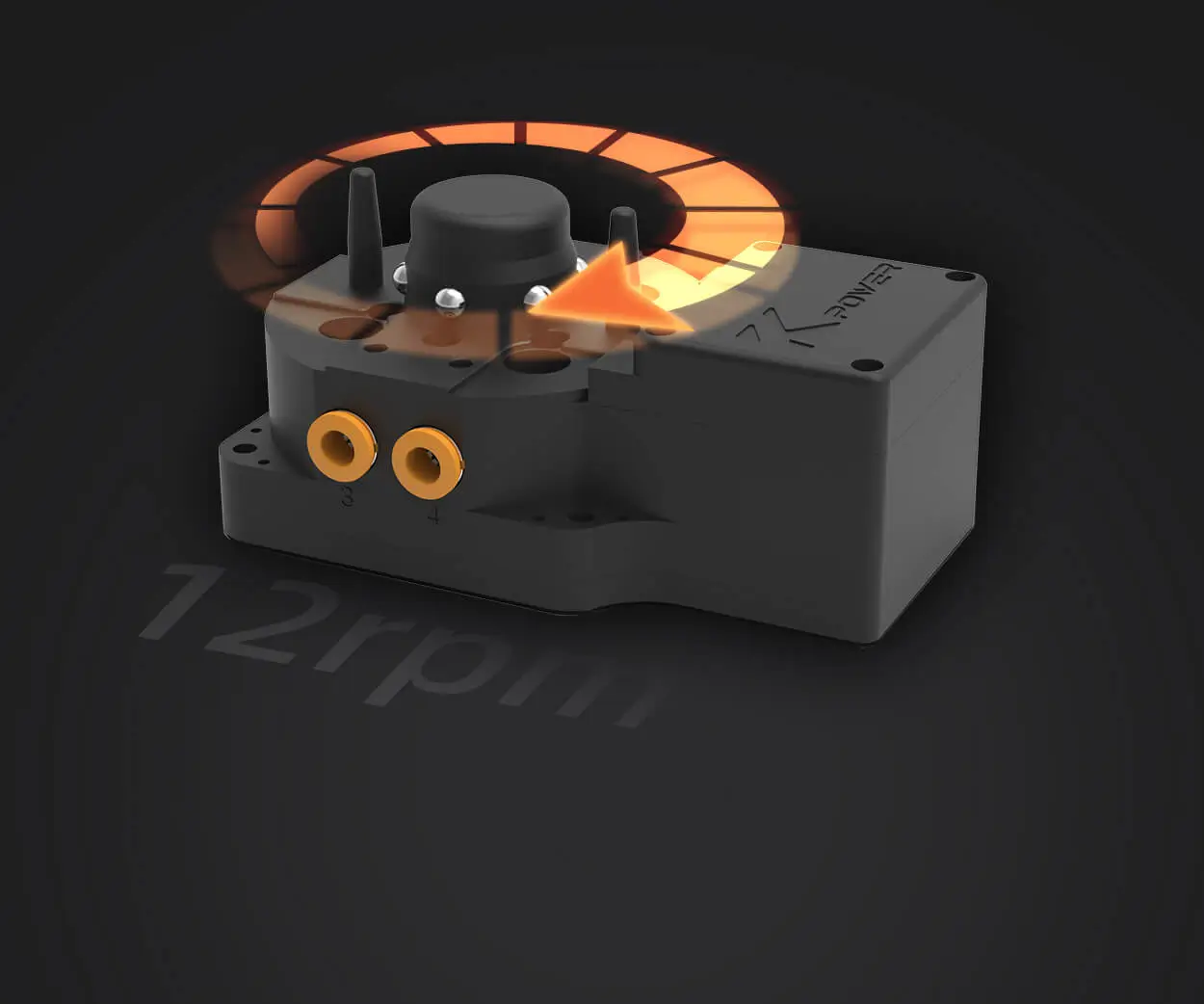If you’ve ever watched a remote-controlled airplane gracefully glide through the sky, you’ve probably marveled at how precisely those tiny craft can maneuver. Behind this elegant dance of aerodynamics lies a critical component: the RC plane servo motor. Though small in size, these servo motors are the heart and brains of flight control, translating your commands into smooth, responsive movements.

What is an RC plane servo motor?
An RC plane servo motor is essentially a compact, electric motor designed to precisely move and hold an aircraft’s control surfaces—think of the ailerons, elevators, and rudders. These components are what allow an airplane to turn, climb, dive, and stabilize. Servos are engineered for accuracy and repeatability, delivering small but powerful movements that result in controlled flight.
Most commonly, these servo motors operate on a voltage ranging between 4.8V to 6V, powered by the RC aircraft’s battery pack. Their working principle involves a control signal (often a PWM—pulse width modulation—signal) from the RC receiver. When you move your transmitter’s sticks, it sends a specific signal to each servo, which then adjusts its position accordingly.
Why are servo motors vital in RC aircraft?
Without servos, a remote-controlled plane would be a passive object gliding at the mercy of wind and gravity. It’s the servos that provide the nuanced control needed for precise maneuvering, making flying more than just a simple glide. They enable pilots to perform complex aerobatic stunts, intricate turns, and stabilize the aircraft during various flight modes.
Types of RC plane servo motors
Not all servos are created equal. Within the realm of RC aircraft, you'll find different types, each suited for specific roles and performance needs:
Standard Servos: These are versatile, generally handling basic control surfaces. They are affordable, reliable, and suitable for beginner planes or less demanding applications.
High-Torque Servos: As the name suggests, these are designed to deliver more power—ideal for larger planes, models with heavier control surfaces, or those requiring more force for precision.
Digital Servos: Featuring digital circuitry, these servos can respond faster and maintain better holding power, especially under load. They are favored in competitive flying and aerobatics.
Analog Servos: Simpler and less expensive, these are suitable for general hobby use, offering decent performance at a lower cost.
Choosing the right servo
Selecting the appropriate servo motor involves considering several factors:
Size and weight: Your plane’s design dictates the physical dimensions. Using a servo that’s too heavy can affect flight efficiency.
Torque: The force the servo can exert. Larger or more control-intensive planes require higher torque servos to prevent sluggish response or slipping.
Speed: How quickly the servo moves to a new position. High-speed servos are essential for rapid maneuvers and aerobatics.
Voltage compatibility: Ensure the servo matches your plane’s power system. Some servos are compatible with higher voltages (6V, 7.4V, or even 2S-3S LiPo operation), delivering better performance.
The anatomy of a typical RC servo motor
Understanding what’s inside helps appreciate its capabilities:
Motor: Usually a small brushed or brushless DC motor.
Gear train: Reduces speed and increases torque; made of metal or plastic.
Control circuitry: Decodes the PWM signal and precisely positions the motor accordingly.
Potentiometer: Senses the servo’s current position for feedback and control.
Maintenance and lifespan
Servos are remarkably durable but require some care. Avoid overloading, keep the gears clean, and periodically check for smooth operation. Using quality servos and proper wiring can extend their lifespan significantly, ensuring your RC aircraft remains responsive and reliable over time.
Leveraging innovations in modular drive technology, Kpower integrates high-performance motors, precision reducers, and multi-protocol control systems to provide efficient and customized smart drive system solutions.




































